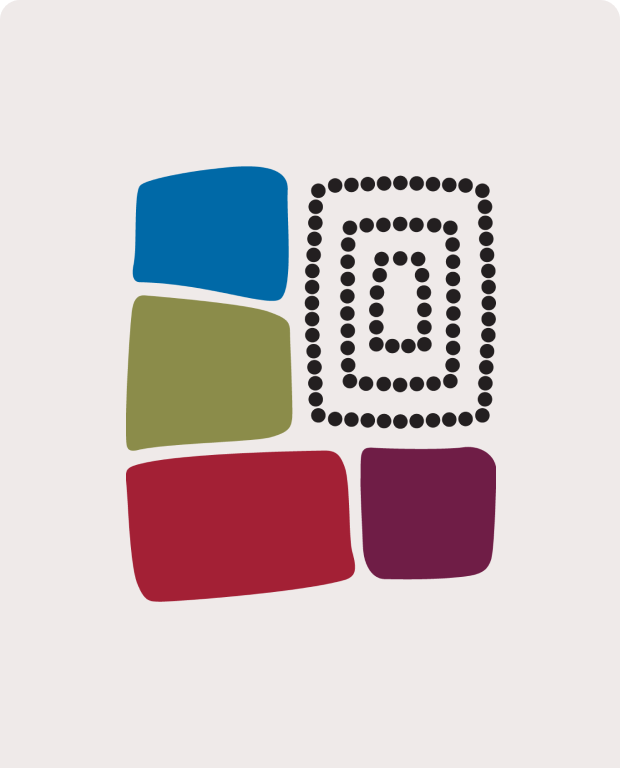Health programs for Aboriginal men

Developing, sustaining and evaluating health programs for Aboriginal men
This men’s health project was conducted in partnership with Palyalatju Maparnpa Health, a regional community-based cultural health organisation in the South East Kimberley. It focused on developing relationships with Aboriginal men in the Kutjungka region to identify key issues and support required by men’s health programs. The project then sought to develop these programs further while seeking ways to sustain and evaluate them. Working on an action/research model a number of areas for project activity were identified early in the process. These included: the clinic, sport, maparn (traditionalist healers), ceremonial health, music and bush trips.
The project built on the PhD research conducted by Brian McCoy in the region between 2001 and 2004. The thesis was titled ‘Kanyirininpa: Health, Masculinity and Wellbeing of Desert Aboriginal Men’. The CRCAH supported research transfer activities following this project including travel for the men involved from the Western Desert to Melbourne to share their story with other men’s groups, and learn from men’s groups and services.
It has been found that Aboriginal men within communities often require support to take responsibility and show leadership for health programs. A key outcome to date of this project has been to identify some of the obstacles which influence the ways in which Aboriginal and non Aboriginal men engage and relate to one another.
Over time, key words have been found to describe how both groups understand the present status of Aboriginal men’s health. This offers possibility for the local men to engage with the non-Aboriginal men who manage and deliver health programs.
Publication and promotion of Holding Men: Kanyirninpa and the health of Aboriginal men (AIATSIS) took place in May 2008. This monograph arose out of Brian McCoy’s PhD thesis. The research looked at petrol sniffing, football and prison: activities that not only engage desert men, some quite young, but also demonstrate some of the complexity and contradictions found in addressing health issues for Aboriginal men.
Related resources:
- McCoy, Brian 2008, Holding Men – Kanyirninpa and the health of Aboriginal men, Aboriginal Studies Press, Canberra.
- McCoy, B. 2006, ‘Why Change Aborigines into Images of Ourselves?’, Eureka Street Online, 22 August
- McCoy, B. 2006, ‘Aboriginal Communities: Who may speak?’, Eureka Street Online, 30 May
- McCoy, B. 2006, ‘Healers, Clinics and Aboriginal People: Whose health and who benefits?’, Health Issues, no. 86, Autumn, pp. 13–16.
- McCoy, B. 2006, ‘Kanyirninpa: Health, Masculinity and Wellbeing of Desert Aboriginal Men’, PhD Thesis, The University of Melbourne ePrint Repository.
- McCoy, B. 2005, ‘Generational Trauma and Indigenous Men’s Health: Are we missing something?’, Discussion Paper, No. 29/2005, Curtin Indigenous Research Centre, Centre for Aboriginal Studies, Perth
- McCoy, B. 2011, Art into Health: Puntu Palyarrikuwanpa (Aboriginal Men Becoming Well), The Lowitja Institute, Melbourne
- Fact sheet: How do we Improve the Health of Aboriginal Men?
- Brian McCoy interviewed in The Age, Melbourne, 26 July 2008

